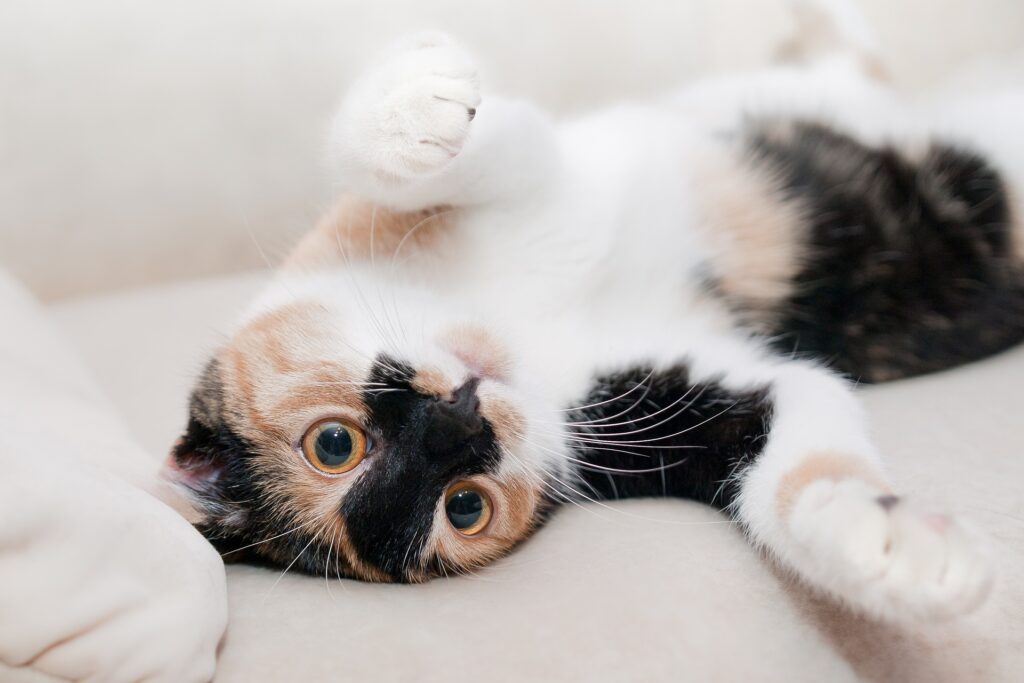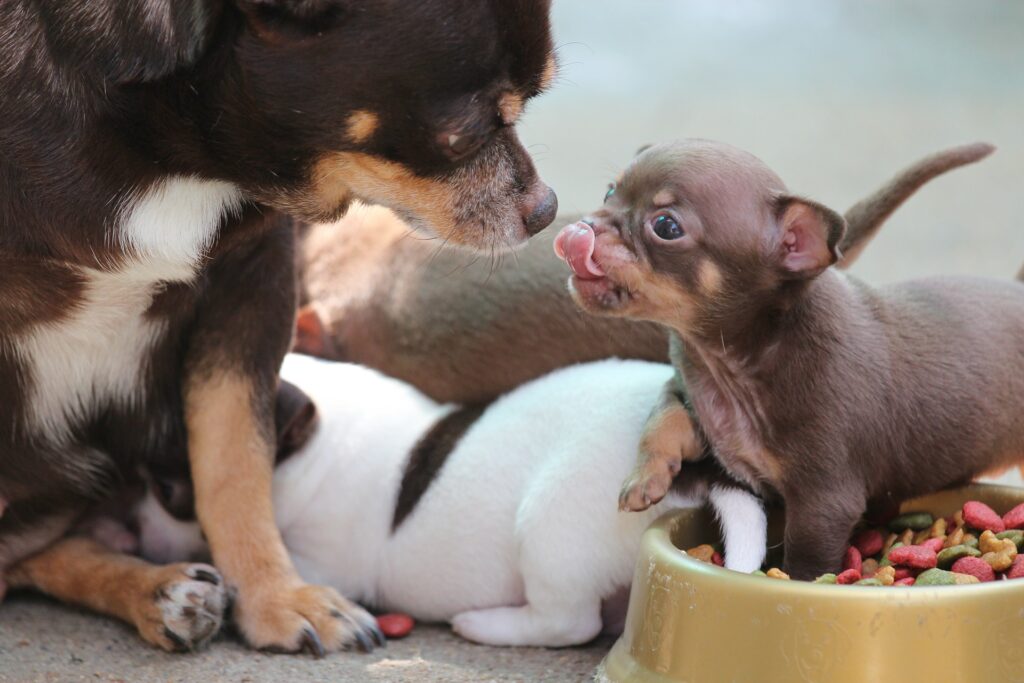As the summer season approaches, so comes to all pet owners the increased threat of flea infestations. We do all that we can to keep our homes ‘flea-free’, but it only takes one rogue tick to start a landslide – just the thought of it makes us scratch!
Fleas can cause a number of problems for our pets. These include:
- Intense itching and scratching, which can result in hair loss
- The skin condition Flea Allergy Dermatitis, caused by an allergy to flea saliva
- Fleas can even cause Tapeworm infestations
Unfortunately, fleas have evolved in such a way that there is no one product that can kill them at all stages of their life cycle. This means that it requires a a strong understanding of each stage to deal with the problem efficiently.

The flea life cycle has four key stages:
- Adult Flea: These are the fleas that you’ll find living on your pets. Females can lay up to 50 eggs a day, and adult fleas are easily killed by spot-on treatments.
- Flea Eggs: When adult fleas lay eggs on your pet, they commonly fall off into the surrounding environment – your home! After 2-5 days, they hatch into larvae, which will require household environmental sprays or flea treatments to kill.
- Flea Larvae: Flea larvae don’t like the light, and commonly move under furniture, between floorboards and deep into carpet to escape it. After a week or two, these change into pupae, encased in a protective cocoon, and can be killed by household environmental sprays.
- Flea Pupae: These can remain dormant for up to a year, only hatching when prompted by certain triggers (ie. warmth, vibrations, carbon dioxide, etc.). At this point, the adult flea hatches and latches on to your pets. FLEA PUPAE CANNOT BE KILLED. Instead, they must be allowed to hatch then killed after they jump onto your pet.
Here are some ways to deal with the problem and prevent further infestations:

Treat Regularly
This is the simplest way of preventing a flea infestation and something that all pet owners should be doing on a regular basis.
One pipette of spot-on treatment typically lasts for 4-6 weeks, meaning that treatment should be topped up around this time. This, of course, depends upon how often you bath and groom your pets.
While many owners tend to stop treatment as soon as a flea problem has been eradicated, it is recommended that treatment should always be maintained to prevent future infestations.
Treat All Animals
If you live in a multi-pet home, it’s vital that you treat all animals for fleas.
Animals that are susceptible to fleas include dogs, cats, rabbits and ferrets, meaning that failure to treat all pets could leave them open to infestations, which can quickly turn into a vicious cycle.
It’s therefore vital that all animals are treated regularly.

Treat The Home
Whilst fleas as we know them live on our pets, in certain stages of life they survive within the home.
High quality household sprays will contain the relevant active ingredients to kill adult fleas and eradicate eggs and larvae for up to 12 months. It’s therefore vital that you…
Clean
Aside from spot-on treatments, this is the best way to ensure a flea-free home.
Wash your pet’s bedding/any fabrics that they frequently come into contact with regularly, preferably on a high, 60C wash. This will kill any adult fleas, eggs or larvae hiding in their bedding.
It’s also important to vacuum regularly, as this will remove dead fleas and stimulate pupae to hatch. As this is the only way of eradicating pupae, vacuuming will kill the fleas as soon as they hatch, meaning that your pets wont be at risk.
Following all of these tips will help to maintain a flea-free home, intervening at every stage of the typical flea’s life cycle.
Work full time and looking for regular pet care? Perhaps Tailster can help! We have a range of vetted carers across the UK, available to care for your pet as and when you require. For more information, click here.